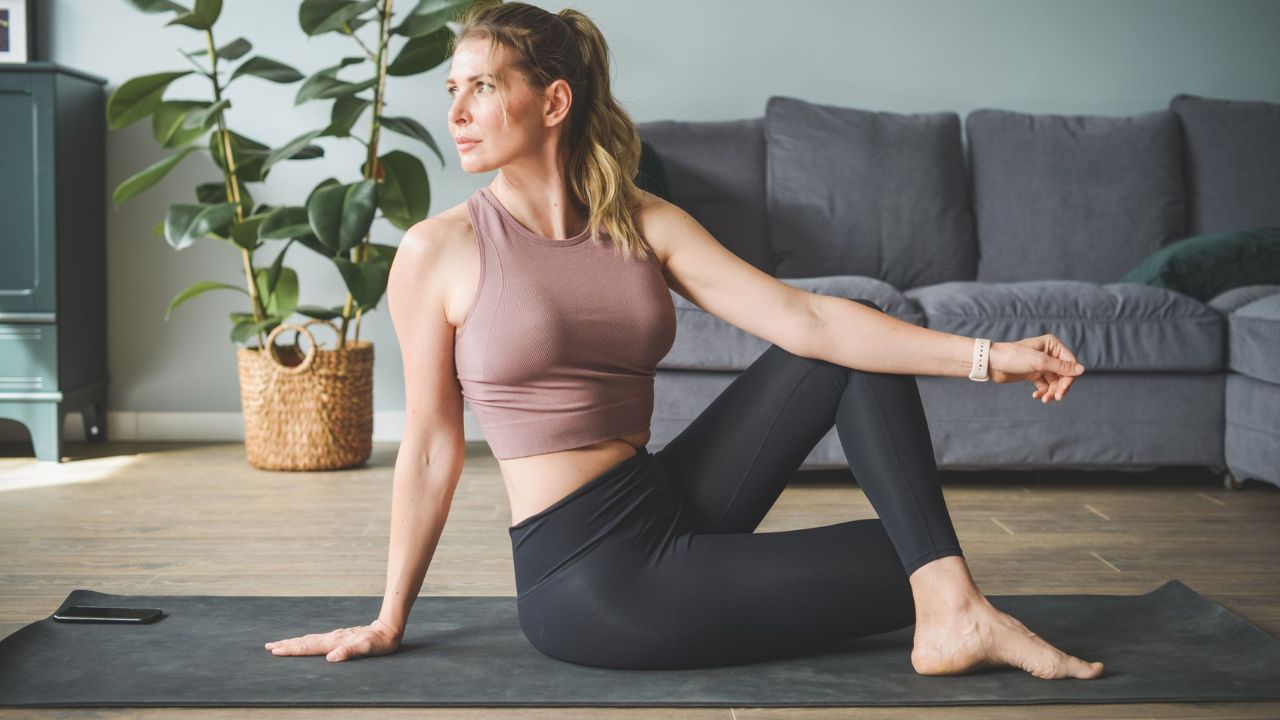In particular during perimenopause, the biological transition period from the reproductive age to menopause, bone health is a critical component of women’s health. It is feasible to keep strong and healthy bones during this time even though women experience significant hormonal changes that might lower bone density and raise the risk of osteoporosis.
Women can maintain strong, healthy bones and lower their risk of fractures and other osteoporosis-related consequences by following these strategies.
• Physical activity and safe Movements: Regular exercise is one of the best things you can do for your bones. Weight-bearing and muscle-strengthening exercises serve to enhance balance and coordination, grow and maintain bone density, and lower the risk of fractures and falls. Five times a week, women should exercise for at least 30 minutes at a moderate level, including walking, running, dancing, and weight training. It is crucial to select workouts that are secure and suitable for your level of fitness, and to seek out expert advice when necessary.
• Fall risk assessments and fall prevention: Falls, especially in women with low bone density, are a substantial risk factor for fractures. As a result, it’s crucial to evaluate and lower the risk of falls. Women should make sure that their homes are clear of tripping risks, such as clutter and loose carpets, and should put grab bars and handrails where they are needed, such as in bathrooms. Those who have already fallen and require support should also think about utilizing walking aids, such as canes or walkers, to add to their support and stability. Also, to lower the chance of fractures, women can practice safe falling strategies including rolling instead of bracing for impact.
Dietary needs for calcium and vitamin D: Nutrition is essential for preserving bone health. Given that calcium is the primary mineral in bones and that vitamin D helps with calcium absorption, calcium and vitamin D are crucial nutrients for maintaining healthy bones. By diet and/or supplementation, women should try to get 1,000–1,200 milligrams of calcium and 600–800 international units of vitamin D per day. Dairy products, leafy green vegetables, and fortified foods like orange juice and cereal are all excellent sources of calcium for the diet. Sunlight exposure and dietary sources like fatty fish and fortified foods are two ways to get vitamin D.
• Women at high risk for osteoporosis should have BMD screening (DXA scan): A dual-energy x-ray absorptiometry (DXA) scan can be used to screen for bone mineral density (BMD) and help identify women who are at high risk for osteoporosis. Women who have a history of thyroid problems, arthritis, early menopause, high-risk medication use, or cancer patients are at a higher risk of developing osteoporosis. Women who may benefit from early intervention to prevent or treat osteoporosis, such as lifestyle changes, medication, or hormone therapy, can be identified through BMD screening.

 English
English






